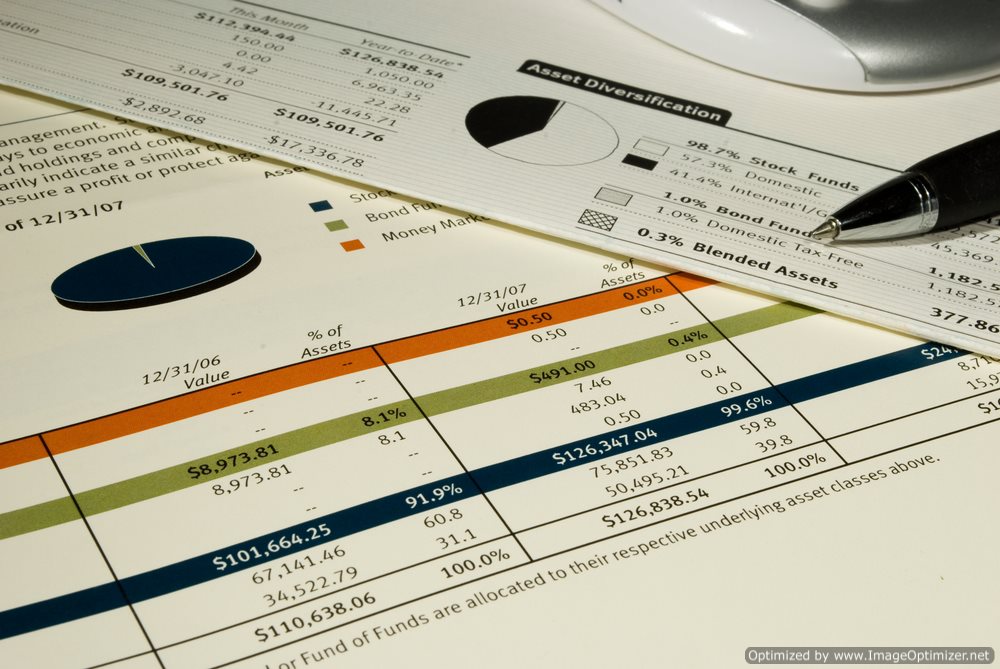Immediate Annuities: A Brief Summary

What is an Immediate Annuity?
• An immediate annuity is a type of annuity that provides people with a guaranteed source of income for life. All annuities can be classified in of two broad categories: deferred or immediate. A deferred annuity is a tax-deferred account where the owner provides a lump-sum payment. In contrast, an immediate annuity is enacted when the holder transfers a lump-sum balance to an insurance company, and, in return, receives payments based upon a pre-approved agreement.
• An immediate annuity is typically utilized as a source of retirement income. In an environment where a number of retirees are left without a pension an immediate annuity is an investment option that will provide guaranteed periodic payments.
How do Immediate Annuities Work?
• An individual may purchase an immediate annuity from any insurance company. When purchased, the immediate annuity will transfer payments to the holder within one years’ time. This characteristic is the most significant aspect of the immediate annuity; dissimilar to other retirement plans, which are paid into throughout the course of employment, the immediate annuity will kick-back funds within a year of purchase.
• When purchasing an immediate annuity there are number of factors to consider; an individual can personalize their immediate annuity plan to distribute payments in a set structure or over the holder’s lifetime. Furthermore, the individual can decide on whether the payments are solely for the person who holds the immediate annuity policy or also for a second person, such as a family member. The minimum payments must also be acknowledged before finalizing an immediate annuity; typically an investment of $10,000 is needed to open an account.
What are Annuity Rates?
• Annuity rates refer to the amount of payment provided by the annuity. When you purchase an annuity, an insurance company will offer annuity rates based on your income and specific variables associated with your retirement plan.
• Annuity rates are attached to all annuity plans, but will fluctuate in regards to their execution given the type of annuity they are attached to. For example, in a fixed annuity, the annuity rate will be locked in as a percentage. This percentage will signify your payment; the fixed annuity rates will not fluctuate and will be delivered, without fail, in a periodic fashion (the annuity payments may be distributed annually, biannually, quarterly or monthly).
• The annuity rates associated with an immediate annuity are fixed; the payments will not vary for the life span of the investment package. The amount of money you receive from the immediate annuity is solely dependent on the sum you paid in, the interest rate when affirmed the contract and your age.





















